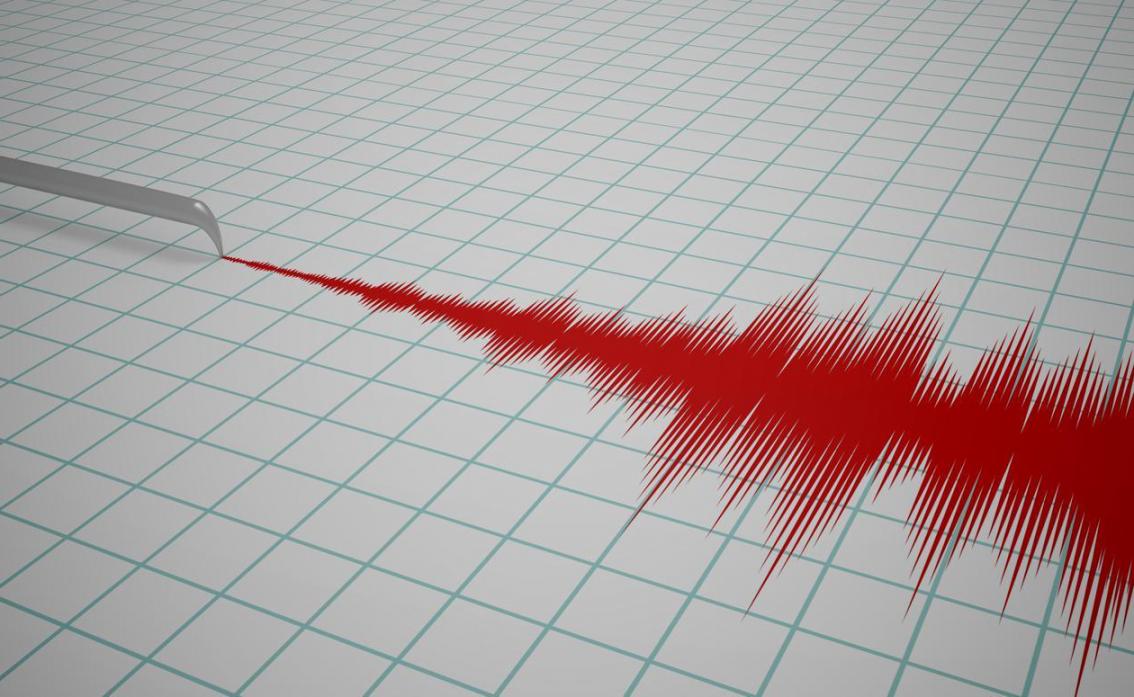A domestically-built ‘strong motion accelerograph’ was unveiled at Tehran’s International Institute of Earthquake Engineering and Seismology (IIEES) on Sunday, after 5.5 years of research.
Tehran will soon be equipped with the “early warning earthquake” system.
Officials announced that the device can warn about seismic activity a few seconds before the tremors are felt, Fararu website reported.
Currently, six accelerographs have been installed in the institute’s premises to be tested. After final approval they will be located in the vicinity of the city’s main faults lines, said Anoushiravan Ansari, head of the institute.
An accelerograph can be referred to as a strong motion seismograph, or simply an earthquake accelerometer. It is usually constructed as a self-contained box.
With the help of sensors, activities of strategic structures including power plants, dams and towers can be shut down before an earthquake occurs, Ansari said. Currently, 4,000 high-pressure gas delivery stations in Tokyo are equipped with sensors.
He also said 100 sensors had been produced, of which six had been installed at the institute to be tested. After approval “we will install one sensor at the Tehran Gas Company.”
IIEES, founded by Mohsen Ghafouri-Ashtiany, a distinguished professor of earthquake engineering and risk management, is an international earthquake engineering and seismology institute. It was founded as an independent institute within the Ministry of Science, Research and Technology.
350 Fault Lines
In the past decade, of the 46,969 quakes of over two Richter magnitude registered in the country, 45 were more than 5.5 on the Richter scale, said Dr. Ali Beitollahi, director of Earthquake Department, Road, Building and Urban Development Research Center.
Given the large number of quakes in Iran, the importance of quake-resistant buildings can’t be overemphasized, he said, reports IRNA.
There are 350 fault lines in the country and each is over 20 km long.
From 1900 to the first half of 2015, more than 54,000 quakes were registered in the country, with 351 quakes over 5.5 on the Richter scale.
Beitollahi emphasized the need for making buildings resistant against quakes and said 1.1 million of the eight million people in Tehran city live in dilapidated buildings that are vulnerable to quakes.
Statistics show there are 20 million buildings in Iran of which 11 million are not quake-resistant.
Iran is one of the most seismically active countries in the world, as it straddles several major fault lines that cover at least 90% of the country. As a result, earthquakes in Iran occur often and are destructive.
The 6.6 Richter Bam earthquake in 2003 was one of the most destructive in the recent history of Iran, which destroyed the city of Bam and killed nearly 27,000 people. The Arg-e-Bam, one of the oldest adobe monuments in the world was also destroyed in the earthquake.


